
You might think recirculation mode is just another button on the dashboard, but it’s actually your car’s built-in air shield. Used right, it can make every drive cleaner and healthier. Let’s uncover the everyday moments when that little symbol becomes your best defense against bad air.
Driving Through Heavy Traffic

When the road turns into a sea of idling cars, the air fills with exhaust. Switch to air recirculation to block fumes and fine particles. It cuts pollution exposure inside the car to a fraction of roadside levels.
Passing Industrial Zones Or Construction Sites
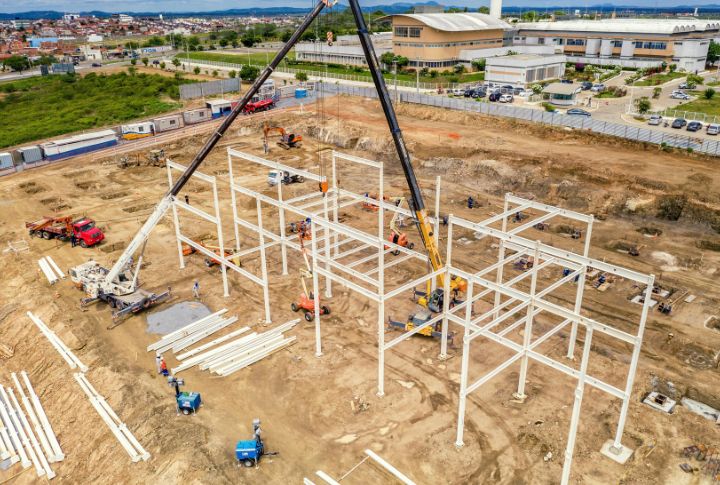
Industrial routes often smell of chemicals, while construction zones release fine dust. Recirculation mode acts as a barrier between your cabin and the outside haze to ensure cleaner air and a more comfortable drive through harsh environments.
Driving Behind Diesel Or Smoke-Emitting Vehicles

A trail of diesel fumes is harmful and unpleasant. Activating air recirculation prevents soot and smoke from entering the cabin, which protects your lungs and keeps the interior fresh even when the vehicle ahead isn’t.
Entering Underground Spaces
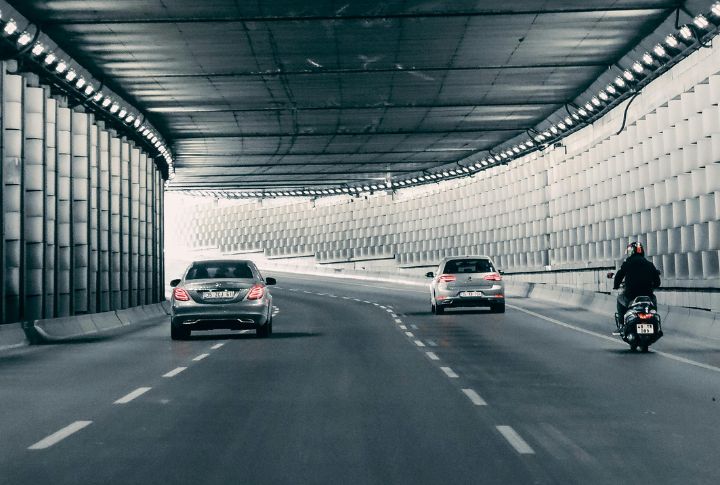
Tunnels and enclosed garages trap exhaust and stale air. Turn on recirculation, as it prevents that buildup from seeping into your cabin, which lets you emerge into open air without the smell of gasoline clinging to your clothes.
Encountering Wildfire Smoke
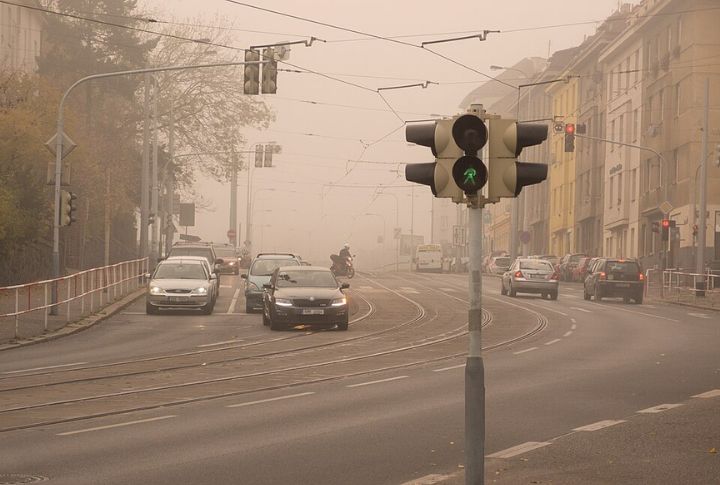
During wildfire events or smog alerts, outside air becomes hazardous. It keeps contaminated air out to offer cleaner breathing conditions and extra comfort for anyone sensitive to pollutants. It is especially beneficial for asthma patients.
Driving Through Pollen-Heavy Areas
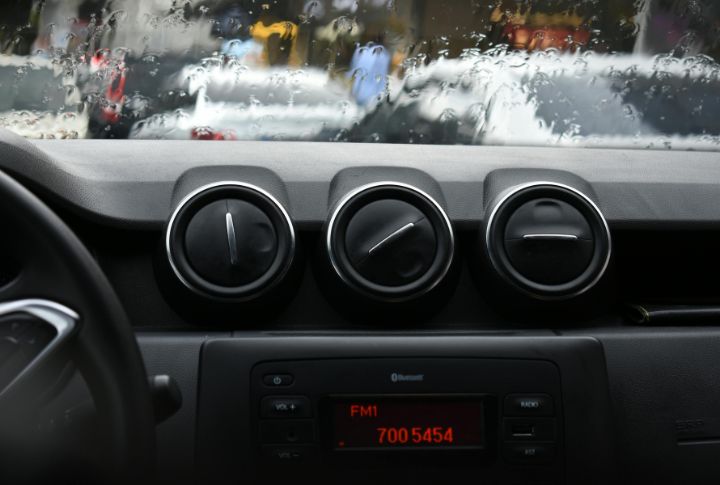
For allergy sufferers, open vents can feel like an attack. Recirculation mode keeps such allergens and pollutants at bay and allows passengers to travel comfortably through spring blooms without sneezing their way through every mile.
Cooling The Cabin Quickly On Hot Days
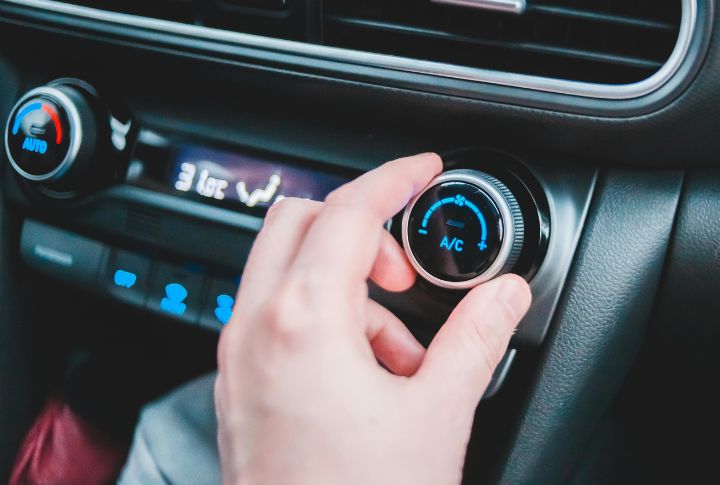
When your car feels like an oven, air recirculation helps cool it fast. It reuses already-chilled air instead of drawing in heat, easing the AC’s workload and delivering quicker relief under scorching temperatures.
Driving In A Sandstorm

Desert winds can fill the air with sand and fine dust. This feature keeps grit out of your cabin to preserve air quality and spare both passengers and the car’s filters from unwanted buildup that may cause damage later.
Passing Agricultural Fields During Spraying Seasons

During pesticide or fertilizer spraying, the air near farms often carries chemical residues. Switch to recirculation as it seals the cabin to reduce inhalation risks and maintains clean, breathable air until you pass beyond the fields.
Crossing Urban Areas With Waste Collection
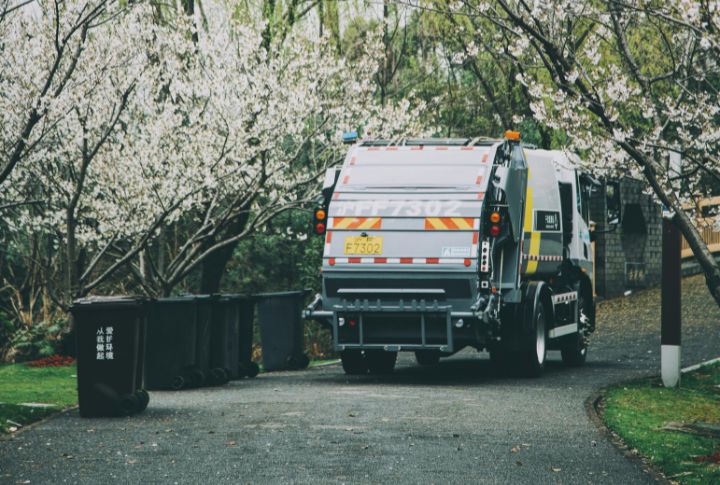
Garbage trucks and open waste fires release odors and pollutants that easily drift into vehicles. This function in your car keeps those smells and particles out, so your drive through the city remains odor-free and healthier.

